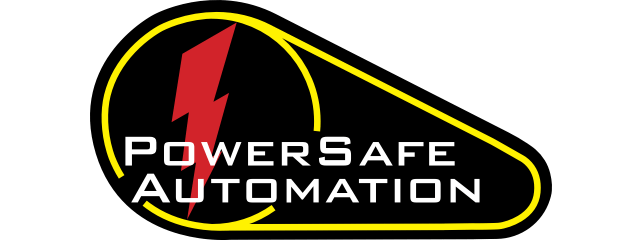FAQ
How Do I Effectively Mitigate All the Different Types of Hazardous Conditions in the Workplace?
Effectively mitigating hazardous conditions requires a systematic, multi-layered approach that addresses physical, mechanical, chemical, ergonomic, and electrical risks. The key is to combine regulatory compliance with proactive safety strategies using the Hierarchy of Controls.
1. Identify All Hazards Through Risk Assessment
Conduct a comprehensive risk assessment (e.g., per ANSI B11.0 or ISO 12100) to evaluate the likelihood and severity of each hazard—across machines, processes, and tasks.
2. Apply the Hierarchy of Controls
Rank and implement risk-reduction strategies in this order:
-
Eliminate the hazard (e.g., redesign workflow or equipment)
-
Substitute with safer materials or processes
-
Engineer controls like machine guarding, safety interlocks, light curtains, or ventilation
-
Administrative controls such as procedures, training, and signage
-
PPE (Personal Protective Equipment) as the final defense layer
3. Use Task-Based Safeguarding
Account for different worker interactions (setup, cleaning, maintenance) and apply custom controls—such as lockout/tagout, presence-sensing devices, or operator verification systems.
4. Standardize and Train
Develop written safety procedures, train workers regularly, and establish accountability for following safe practices.
5. Maintain and Audit
Schedule routine inspections of guards, sensors, emergency stops, and PPE to ensure long-term effectiveness and OSHA compliance.
In summary: The most effective way to mitigate hazardous conditions is to combine engineering controls with ongoing assessment, training, and maintenance—ensuring a safer, more compliant, and more productive workplace.

